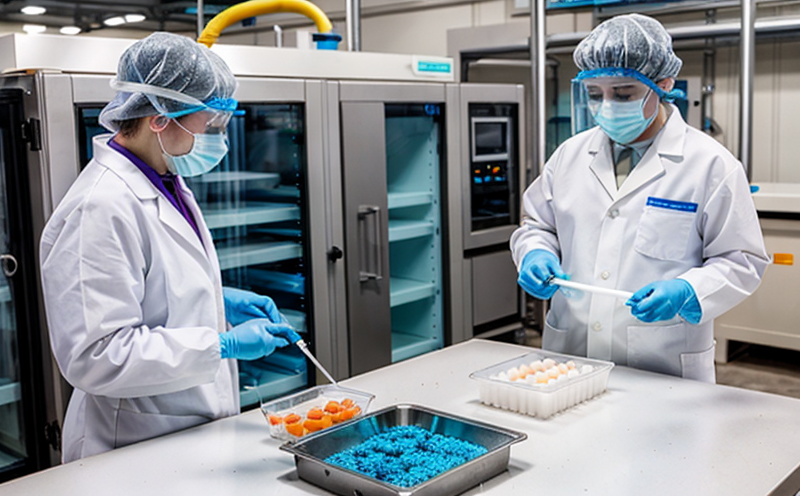USP Tests for Specified Microorganisms in Toys
The United States Pharmacopeia (USP) [1] chapter provides critical guidelines and requirements for testing specified microorganisms in pharmaceutical products. However, the principles and methodologies outlined within this chapter are also widely applicable to other sectors where microbial contamination can pose significant health risks.
In the toy industry, ensuring microbiological safety is paramount given that children frequently put toys into their mouths or handle them with unwashed hands. The USP tests for specified microorganisms in toys help identify potential pathogens such as Staphylococcus aureus and Pseudomonas aeruginosa, among others.
The testing process involves several steps which ensure that the results are accurate and reliable. First, appropriate specimen collection is critical to avoid contamination and ensure representative samples. Specimens are then prepared according to specific protocols designed by our laboratory experts. Next, the samples undergo incubation periods during which any present microorganisms have time to grow.
Following growth, the colonies of interest are identified using both visual inspection methods and biochemical tests that help differentiate between different types of bacteria or fungi. This comprehensive approach ensures that no potential contaminants are overlooked. Finally, all findings are meticulously documented according to international standards like ISO 18114-2:2015 [2].
Our laboratory employs state-of-the-art instrumentation and methodologies when conducting these tests. For instance, we utilize automated colony counters for efficient enumeration of microbial colonies and scanning electron microscopes (SEM) to examine the morphology of isolated organisms more closely.
The results from our USP testing can be used by quality managers, compliance officers, R&D engineers, and procurement teams alike. By providing detailed reports that outline any detected microorganisms along with their concentrations, we enable decision-makers within toy manufacturing companies to take appropriate actions if necessary.
Industry Applications
- Ensuring compliance with USP for pharmaceutical-grade materials used in toys
- Identifying and eliminating potential sources of contamination before they reach consumers
- Aiding toy manufacturers in maintaining a clean production environment
- Providing data that supports claims about the safety of new product launches
The application of USP testing extends beyond just compliance; it serves as a tool for continuous improvement within the toy industry. By regularly performing these tests, manufacturers can identify trends in microbial contamination and address them proactively.
Why Choose This Test
The importance of microbiological safety cannot be overstated when dealing with products intended for children. Contamination from microorganisms like Salmonella enterica or Escherichia coli can lead to severe health issues, including gastroenteritis and sepsis.
Achieving compliance with USP not only demonstrates a company's commitment to safety but also enhances its reputation among consumers who prioritize product quality. Additionally, successful completion of these tests can open up new markets for toy manufacturers by meeting regulatory requirements in various countries.
Our laboratory offers several advantages that make our USP testing service stand out:
- Experienced and certified technicians
- Use of advanced technology including SEMs and automated colony counters
- Detailed documentation according to ISO 18114-2:2015
- Rapid turnaround times without compromising on accuracy or reliability
By choosing us, toy manufacturers gain access to a trusted partner who understands both the technical and commercial aspects of ensuring microbiological safety.
Use Cases and Application Examples
Taking proactive measures against contamination during production processes
Evaluating raw materials before incorporation into final products
Monitoring ongoing operations to ensure consistent quality standards
Addressing complaints or issues related to product safety
Supporting marketing efforts by highlighting your commitment to consumer health and well-being
Meeting regulatory requirements for entry into specific markets
Enhancing brand reputation through transparent communication about product quality
These use cases illustrate how implementing USP testing can benefit toy manufacturers in various ways, ultimately leading to safer products and increased customer trust.





